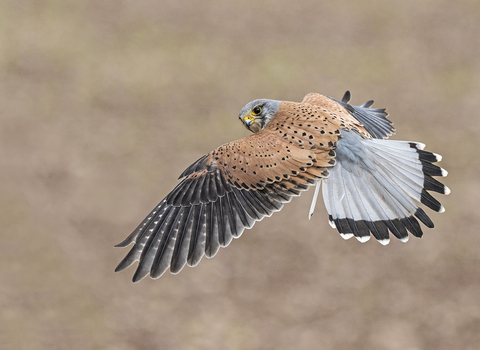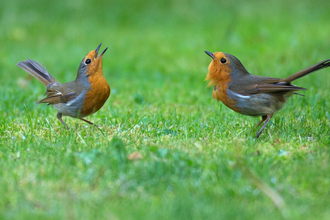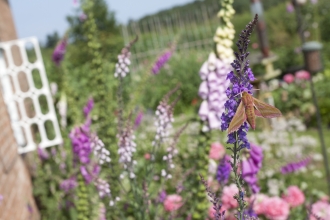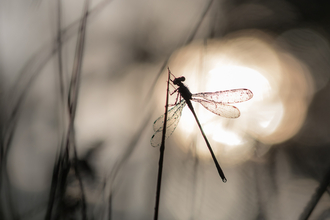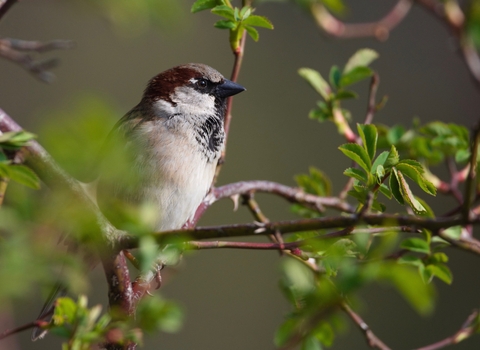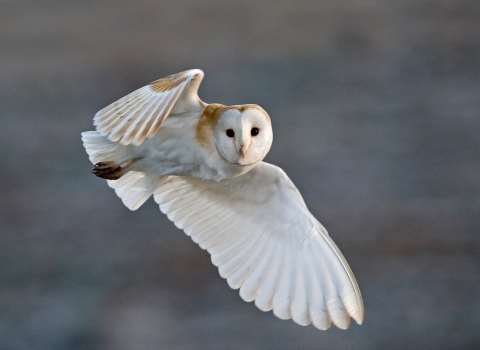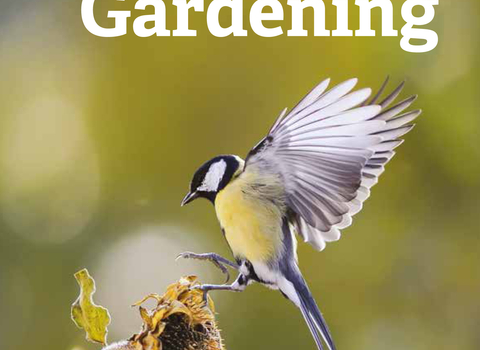Birds of prey, or raptors for short, are some of the most spectacular and dramatic species found in the UK. From huge soaring eagles to tiny, fast-flying falcons, raptors are one of the most diverse family groups, with highly adaptable species suited to live in all habitats and using a wide range of hunting techniques.
As apexes in the food chain, the family has suffered extensively in the past with increased usage of pesticides, habitat changes and illegal persecution all leading to dramatic population declines during the 19th and 20th centuries. With many major threats eliminated or reduced, many species have shown population recoveries and recolonisation of areas where they had been lost.
The likelihood of encountering these show stopping birds in Worcestershire has never been better and we asked Worcestershire's County Bird Recorder, Craig Reed, to tell us more.
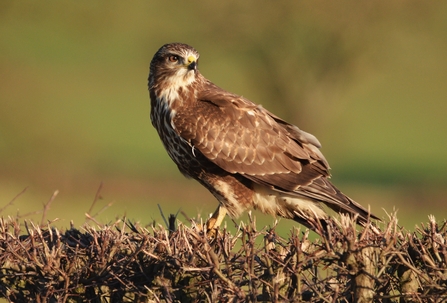
Buzzard by Julie Hunt
The commonest raptor in Worcestershire, with its broad wings, large size and habit of sitting obviously on treetops, is the most likely to be encountered. Despite its size, buzzards are not adept hunters, preferring to forage for roadside carrion and earthworms in newly ploughed fields than hunting for their own prey. When hunting for earthworms, they can be incredibly social, with large, well-spaced gatherings in fields where feeding is good.
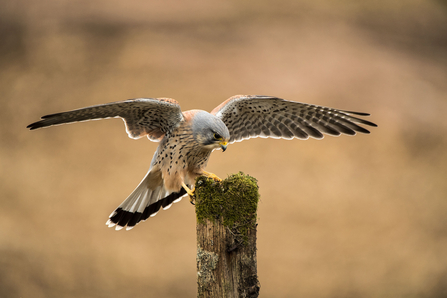
Kestrel by Greg Coyne
While some other bird of prey species can be seen clumsily hovering, kestrels are true masters of this hunting technique, with fast flicking wingbeats and small corrections in tail posture keeping them glued to a single point in the sky. With a reduction in numbers of grassy meadows, the species has taken to hunting roadside verges, where they are a regular sight for many motorists.
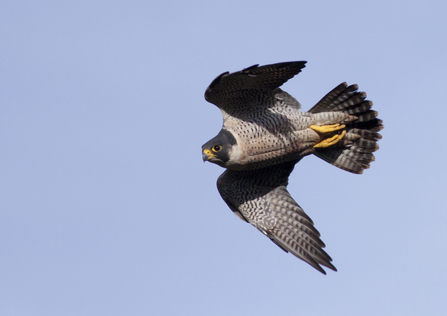
Peregrine falcon by Carl Day
Peregrine falcon Falco peregrinus
With swept back wings, a stooping peregrine is one of the most spectacular sights in the natural world. Reaching speeds of over 180mph, it is the fastest moving animal that has ever been known to live on earth. Such extreme speeds lead to some dramatic adaptions. Bone baffles in their nostrils slow air flow, making it easier to breath at high speeds, and is believed by some to have been an inspiration for modern jet engine construction.
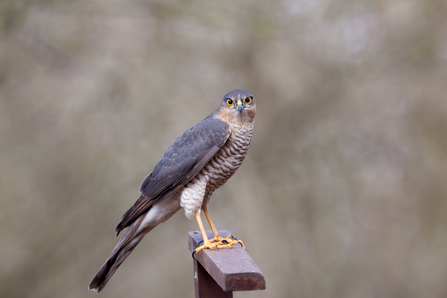
Sparrowhawk by Pete Walkden
With their short, rounded wings, sparrowhawks are masters of agility, perfectly suited as a surprise ambush predator. As adept in dense woodland as they are in suburban gardens, they are the most likely raptor to be found in gardens, a rare opportunity to see our usually shy birds of prey up close. With a slate blue back, salmon pink barring on the breast and piercing orange eyes, a close sighting is always a delight.
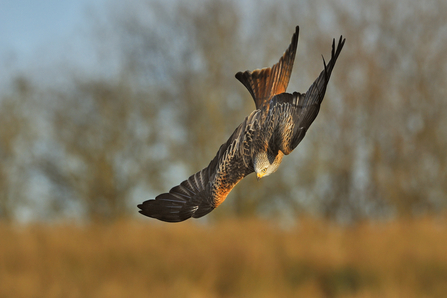
Red kite by Andy Rouse/2020VISION
Once on the edge of extinction in the UK, a tiny population survived in the wild valleys of central Wales. Following protection and reintroduction programmes, red kites have made a remarkable comeback and are now regularly seen throughout Worcestershire. With a staggering population increase of 1026% in the UK between 1995-2014, it is likely their sweeping flight and whistling calls will become an increasingly regular in the county.
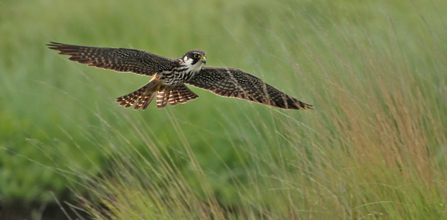
Hobby by Jon Hawkins/Surrey Hills Photography
Most of our birds of prey are altitudinal migrants, moving from the uplands to the lowlands to avoid harsh weather and follow food resources. Hobbies, however, are one of only two migratory raptors that breed in the UK. A true sub-Saharan migrant, a satellite tagged adult moved over 10,000km from its nest in Germany to its wintering grounds in Angola and Zimbabwe.
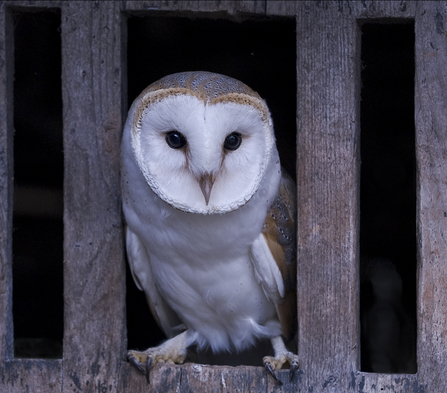
Barn owl by Brian Eacock
Suitably dressed in a ghostly white, the screeching screams and howls of a barn owl from an abandoned barn is believed to have been the source of many ghost and haunted building tales. Barn owls in the UK show a highly specialised diet, with rodents comprising 90% of the total, almost half of which (45%) is comprised of field voles. As a result, clutch size and breeding success vary greatly with cyclic booms or busts in rodent populations.
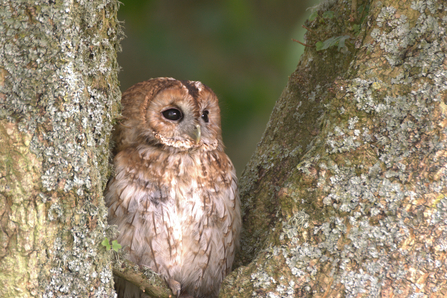
Tawny owl by Jason Curtis
The commonest owl in Worcestershire, their familiar ‘twit-whooo’ and hooting calls are a regular sound in many woodlands. ‘Tawnys’ can be found in almost any woodland habitat, where their cryptic plumage helps them to blend into their daytime roost trees. Listen for the scalding calls of small birds, which often betray the presence of a day roosting owl.
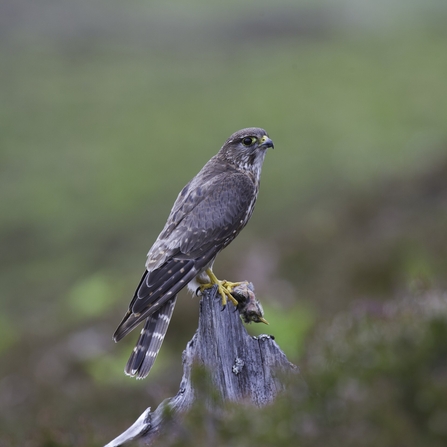
Merlin by Rob Jordan/2020VISION
With males barely bigger than a blackbird, merlins are the smallest of the European raptors. Breeding on high moorlands in the north and west of the UK, their dashing flight is only seen on their winter visits to Worcestershire. A scarce visitor, they are best looked for near large finch and bunting flocks in arable farmland.

